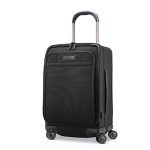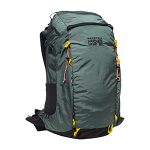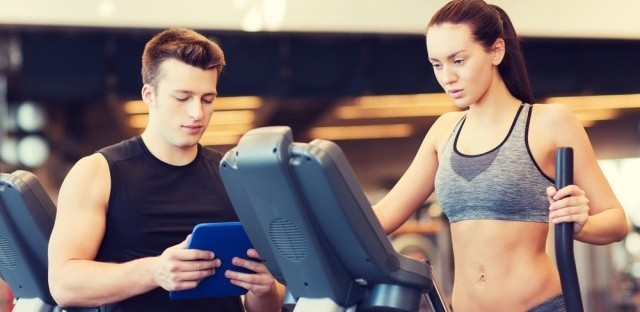What Bags Should I Bring for Kilimanjaro?
For your Mount Kilimanjaro climb in Tanzania, we suggest having three types of bags:
 Suitcase or Large Travel Bag
Suitcase or Large Travel Bag
Your first bag should be a suitcase or a large travel bag that you can check-in. This bag will be used to transport your belongings during your flight. Inside this bag, you can roll up your 90-liter duffel bag, which will be used later during the climb.
 30-35-Liter Daypack
30-35-Liter Daypack
You will also need a 30-35-liter daypack. This bag will serve as your carry-on for the flight and will also be used as your day pack on the mountain. It should be spacious enough to hold your essential items during the climb.
 70-90-Liter Duffel Bag
70-90-Liter Duffel Bag
Another bag you should bring is a 70-90-liter duffel bag. This bag will be used to store items that you will need at the camp during your climb. The porters will carry this bag for you and it will be placed inside a large water-resistant bag. You can rent this duffel bag during the trip briefing.
By having these three bags – a suitcase, a daypack, and a duffel bag – you will be well-prepared for your Mount Kilimanjaro adventure in Tanzania.

 Suitcase or Large Travel Bag
Suitcase or Large Travel Bag 30-35-Liter Daypack
30-35-Liter Daypack 70-90-Liter Duffel Bag
70-90-Liter Duffel Bag There are various recommended vaccinations for travel into Tanzania. However, there are no required vaccinations.
There are various recommended vaccinations for travel into Tanzania. However, there are no required vaccinations. To gain entry into Tanzania, US citizens, and most other nationalities will need a passport and visa. The passport must be valid for 6 months after the intended length of stay.
To gain entry into Tanzania, US citizens, and most other nationalities will need a passport and visa. The passport must be valid for 6 months after the intended length of stay.